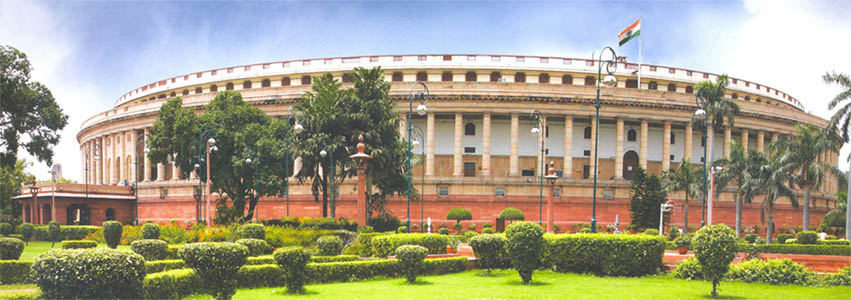Economic Challenges Before The New Government

The economic condition of the county has been a major issue in the general elections for political parties to dwell upon. So, we look at some of the major economic challenges to be faced by the new government:
Delivering A Responsible Budget
The new government will have to present a responsible and prudent budget in June-July. To improve the GDP growth rate of the country, a budget would be the foundation of India’s growth. The Standard and Poor’s Ratings Services has said that the policies of the new government will determine whether the country can improve its economic condition or not. The budget should be able to restore the faith of private investors and citizens in the Indian economy. It should have specific targets. The budget will have to show realistically that the country can contain its fiscal deficit and can control inflation.
Bad Monsoon Season And Inflation
The country’s economy depends greatly on the agricultural sector which uses traditional methods and depends on a good monsoon season for irrigation. The new government may be faced with the problem of El Nino weather pattern which is associated with weak rains. El Nino could lead to decrease in Indian Agricultural Output which would result in increased prices of goods and services, leading to rise in inflation. Inflation has already hit the pocket of the common man and rise in inflation can lead to resentment among people.
Increasing Investment From Private Sector
The new government will look forward to increasing investment from the private sector. These capital investments contribute nearly 35% to India’s economy. Encouraging foreign investment may be considered as an option but it can reduce the self-employment opportunities for people, discouraging them from starting small businesses and setting up their own small production units. Capital investments from the private sector declined greatly in the financial year 2013-14 and encouraging it would be a major challenge for the government.
Decreasing The Current Account Deficit
A sharp narrowing in the current account deficit, from 4.8% of the GDP in the previous year to 2% of the GDP was facilitated by steps to curb gold imports. The restrictions halved the gold imports but the steps taken by the government have been unpopular within the Indian households who invest in the yellow metal to save their savings from inflation. Removing the restrictions may please the buyers but not the investors. The government can also look forward to long term goals such as fixing the structural challenges that keep the current account deficit wide.
These challenges will predict the policies that will be adopted by the new government and if implemented correctly, the policies may help in improving the economic condition of India.
[Image Attribute: Parliament Of India Website]



